Inventions shape the world we live in, but the stories behind them are often shrouded in myths and misconceptions. These myths can overshadow the true history and achievements of the inventors who brought these innovations to life. Discover some of the myths about famous inventions and inventors that you might have heard—and the real stories behind them.
Thomas Edison Invented the Light Bulb
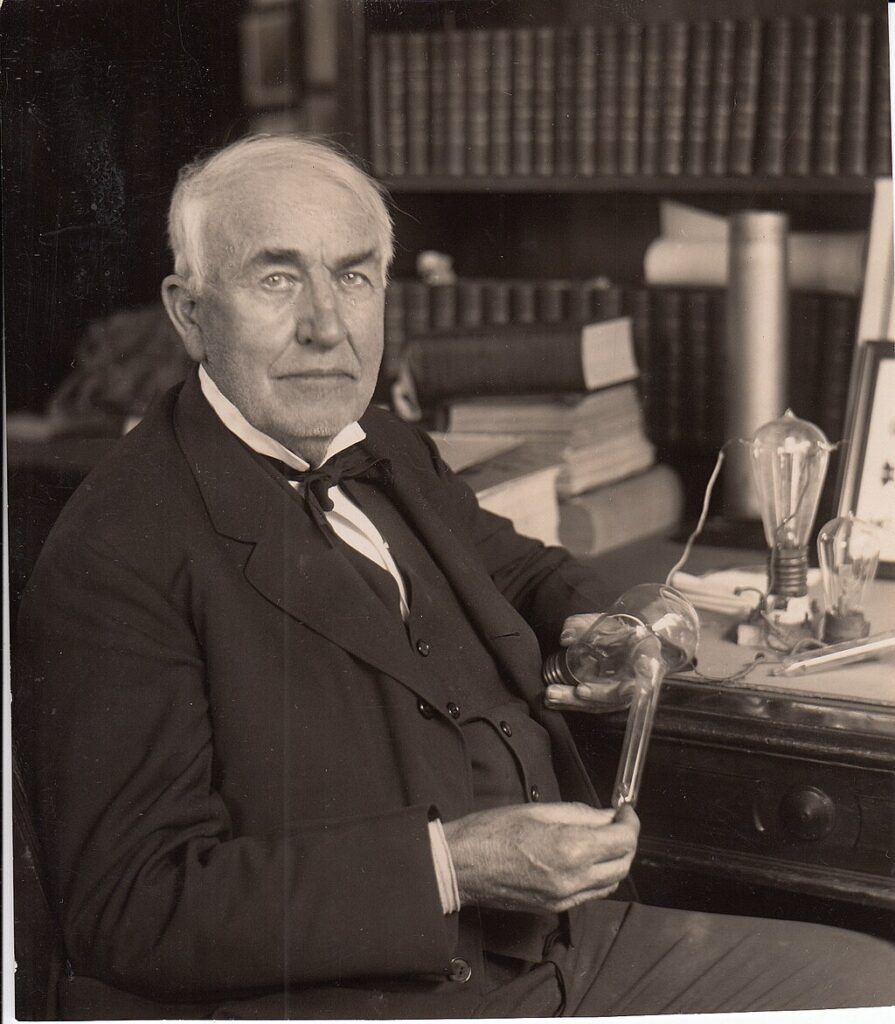
One of the most persistent myths is that Thomas Edison invented the light bulb. While Edison did play a crucial role in developing a practical and long-lasting light bulb, he wasn’t the first to invent it. In fact, several inventors before him, including Humphry Davy and Warren de la Rue, experimented with early versions of electric light. Edison’s real achievement was improving the design and making it commercially viable.
The Wright Brothers Were the First to Fly
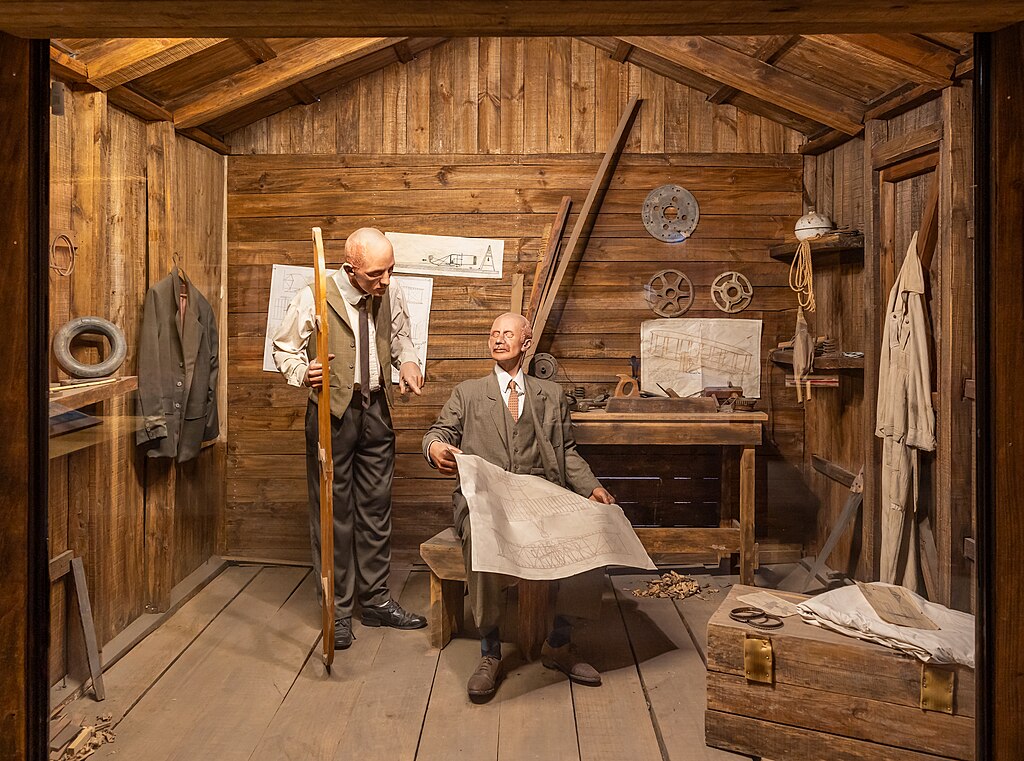
The Wright brothers are often credited with the first successful flight, but they weren’t the first humans to take to the skies. What the Wright brothers accomplished in 1903 was the first controlled, powered flight in a heavier-than-air craft. Before them, pioneers like Otto Lilienthal and George Cayley made significant advances in gliding and aviation theory. The Wright brothers’ achievement was in combining power and control, setting the stage for modern aviation.
Alexander Graham Bell Invented the Telephone
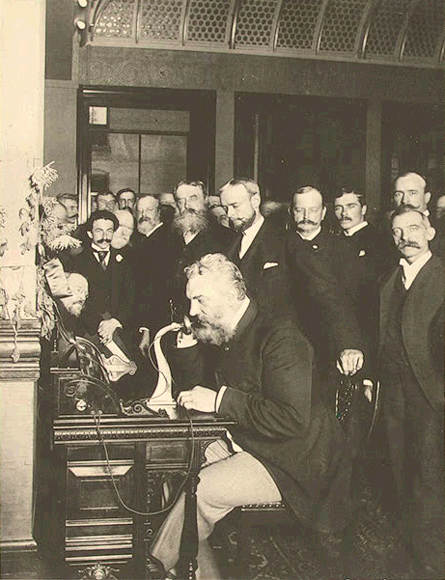
Alexander Graham Bell is widely known as the inventor of the telephone, but this story is more complicated. While Bell did receive the first patent for the telephone, other inventors like Elisha Gray and Antonio Meucci also worked on similar technologies around the same time. Meucci’s work in particular predated Bell’s, but he lacked the resources to secure a patent. Bell’s success lay in his ability to patent and commercialize the technology effectively.
Einstein Failed Math
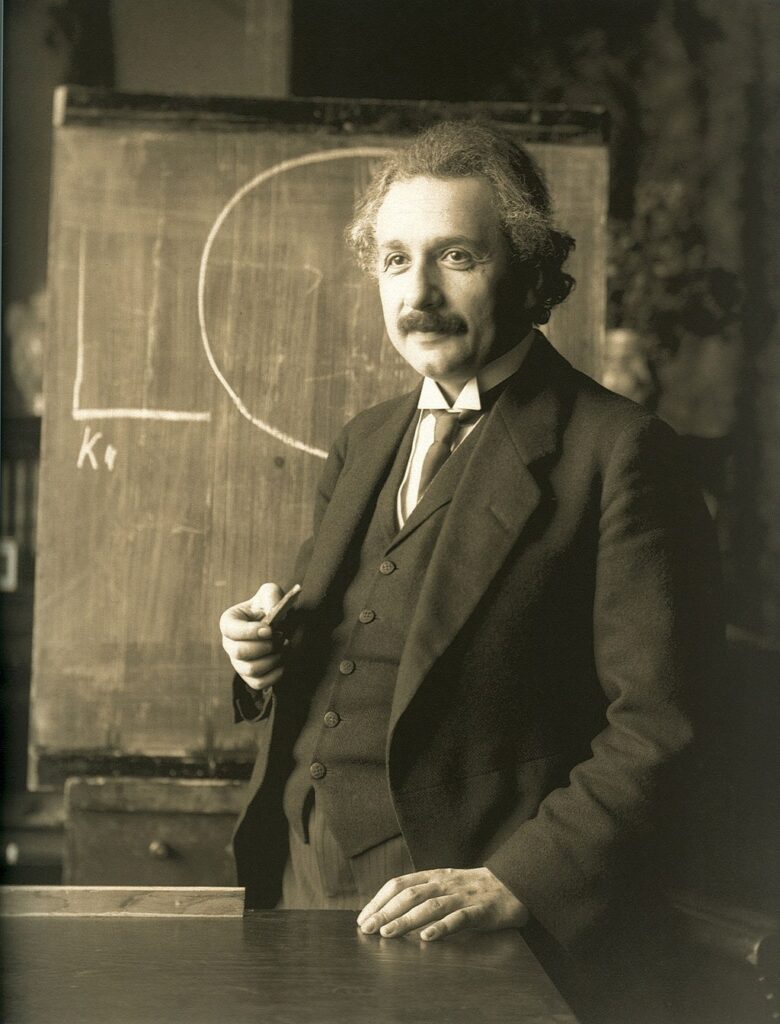
A common myth is that Albert Einstein struggled with math as a child, often cited as inspiration that anyone can succeed despite early academic challenges. However, this is far from the truth. Einstein was actually a strong student in mathematics and even taught himself advanced topics before they were covered in school. This myth likely originated from a misinterpretation of his school records, which used a different grading scale.
Benjamin Franklin Discovered Electricity with a Kite
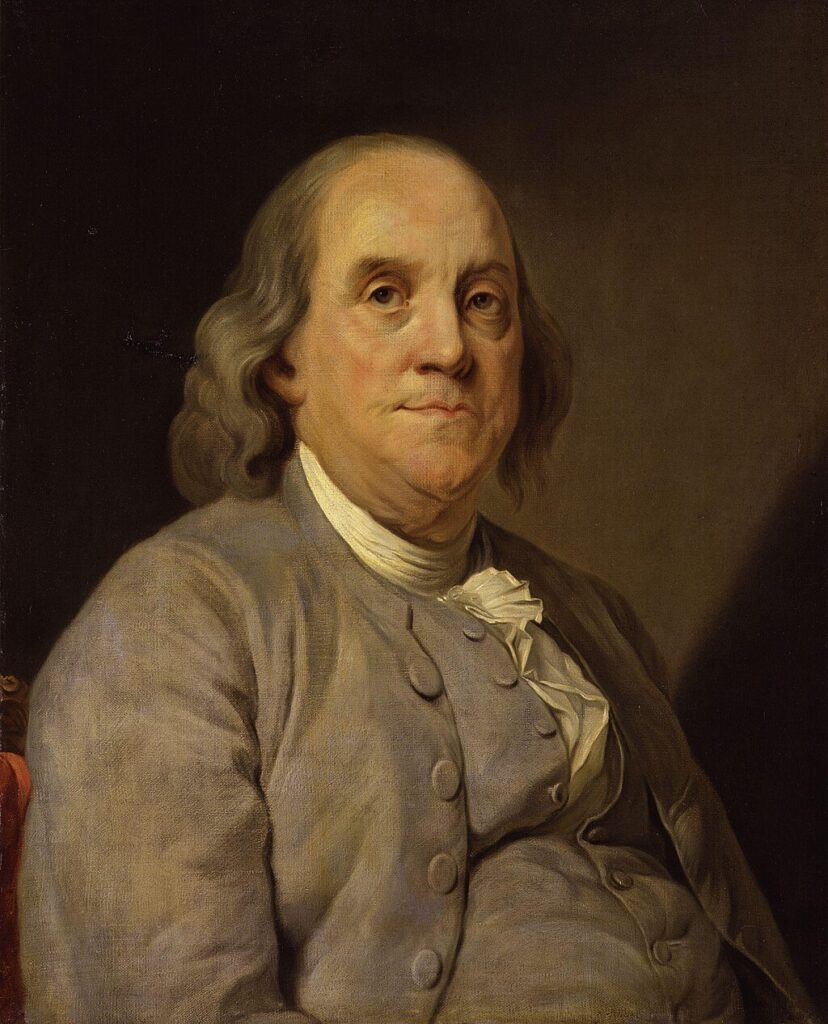
The image of Benjamin Franklin flying a kite in a thunderstorm is iconic, but it’s also misleading. While Franklin did conduct experiments with electricity, including the famous kite experiment, he didn’t discover electricity. Electricity had been studied for over a century before Franklin’s experiments. His contribution was in proving that lightning is a form of electricity, leading to the invention of the lightning rod.
Henry Ford Invented the Automobile
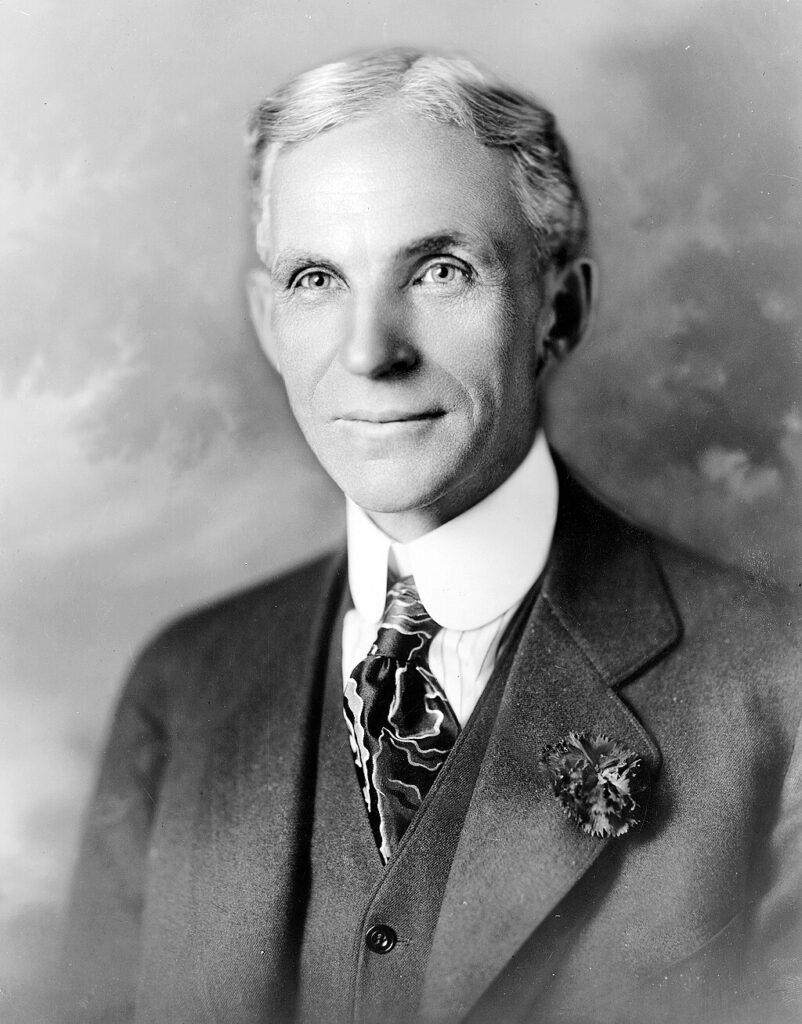
Many people believe that Henry Ford invented the automobile, but this is another myth. The first true automobile is credited to Karl Benz, who built a gasoline-powered vehicle in 1885. Ford’s genius was in revolutionizing the manufacturing process with the assembly line, making cars affordable and accessible to the masses. His Model T transformed transportation, but he didn’t invent the car itself.
The Apple Falling on Newton’s Head
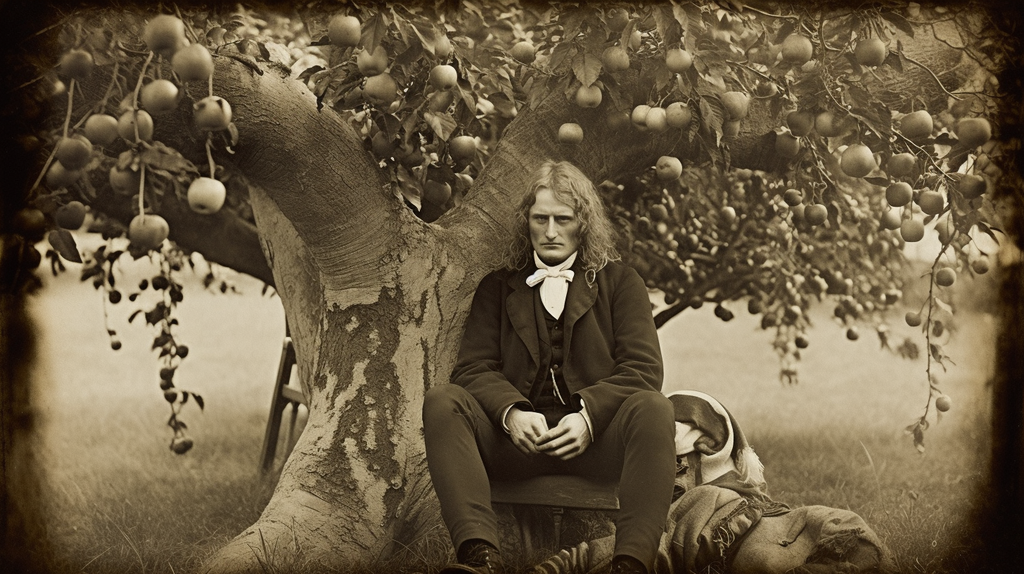
The story of an apple falling on Isaac Newton’s head, leading to his discovery of gravity, is a charming tale but likely apocryphal. While Newton did observe apples falling and ponder the forces at play, there’s no evidence that an apple actually struck him. The story probably evolved over time as a way to simplify and explain his complex ideas about gravity.
Marie Curie Discovered Radiation Alone
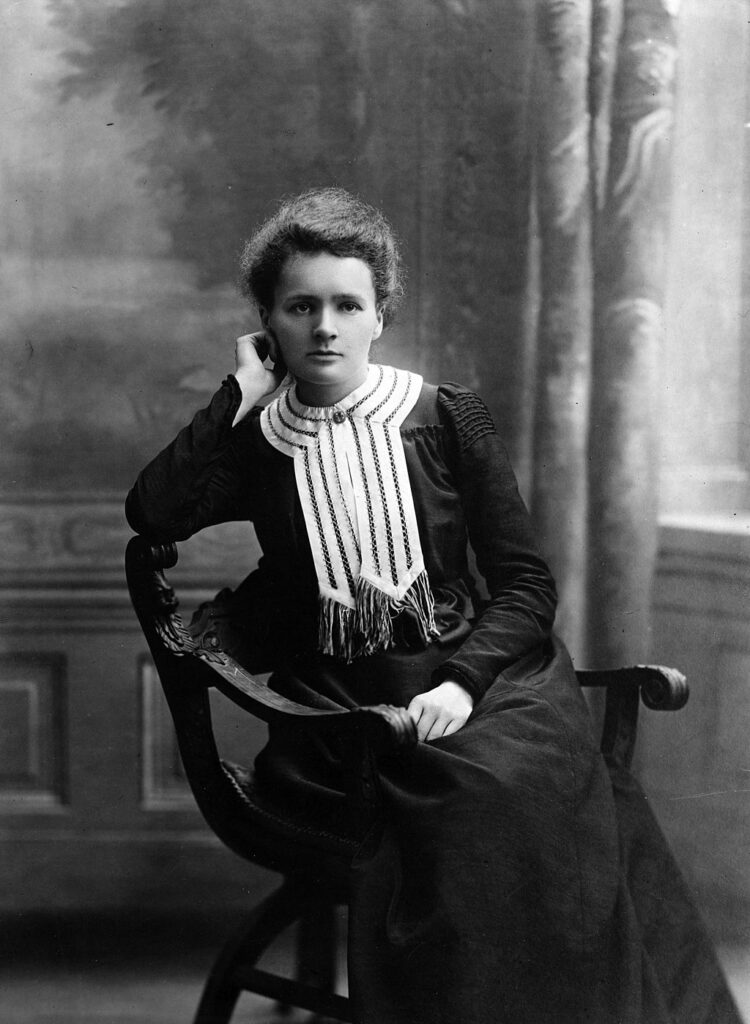
Marie Curie is rightfully celebrated for her groundbreaking work on radioactivity, but she didn’t work alone. Curie, along with her husband Pierre Curie and physicist Henri Becquerel, made significant discoveries in the field of radiation. While Marie Curie’s contributions were immense—earning her two Nobel Prizes—her work was part of a collaborative effort, not a solo endeavor.
Eli Whitney Invented Cotton Gin to End Slavery
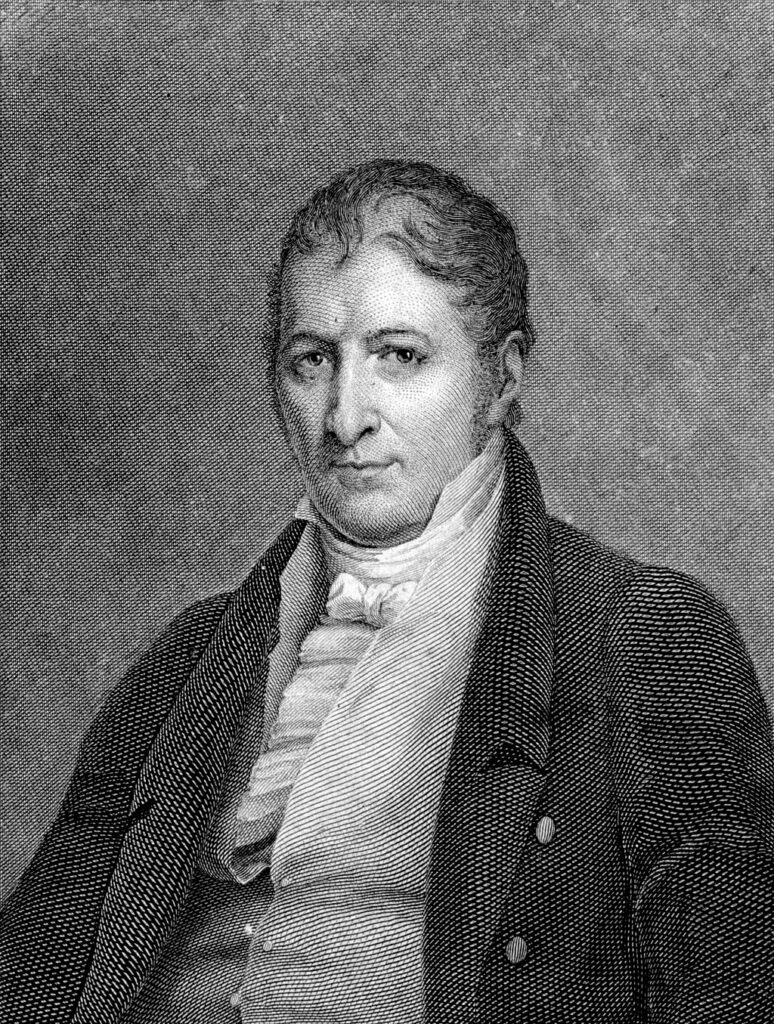
Eli Whitney’s invention of the cotton gin is often portrayed as a tool that was intended to reduce the need for slave labor. However, the opposite occurred. The cotton gin made cotton processing more efficient, leading to a boom in the cotton industry and, unfortunately, an increased demand for slave labor in the southern United States. Whitney’s invention had profound impacts, but its role in history is more complex than often portrayed.
The Internet Was Invented by Al Gore

A popular myth, often used humorously, is that former U.S. Vice President Al Gore claimed to have invented the Internet. In reality, Gore never made such a claim. He did play a significant role in promoting the development of the Internet and supporting legislation that helped expand its infrastructure. The actual origins of the Internet can be traced back to the work of many scientists and engineers, particularly those involved in the ARPANET project in the 1960s.
Nikola Tesla Invented Alternating Current Alone
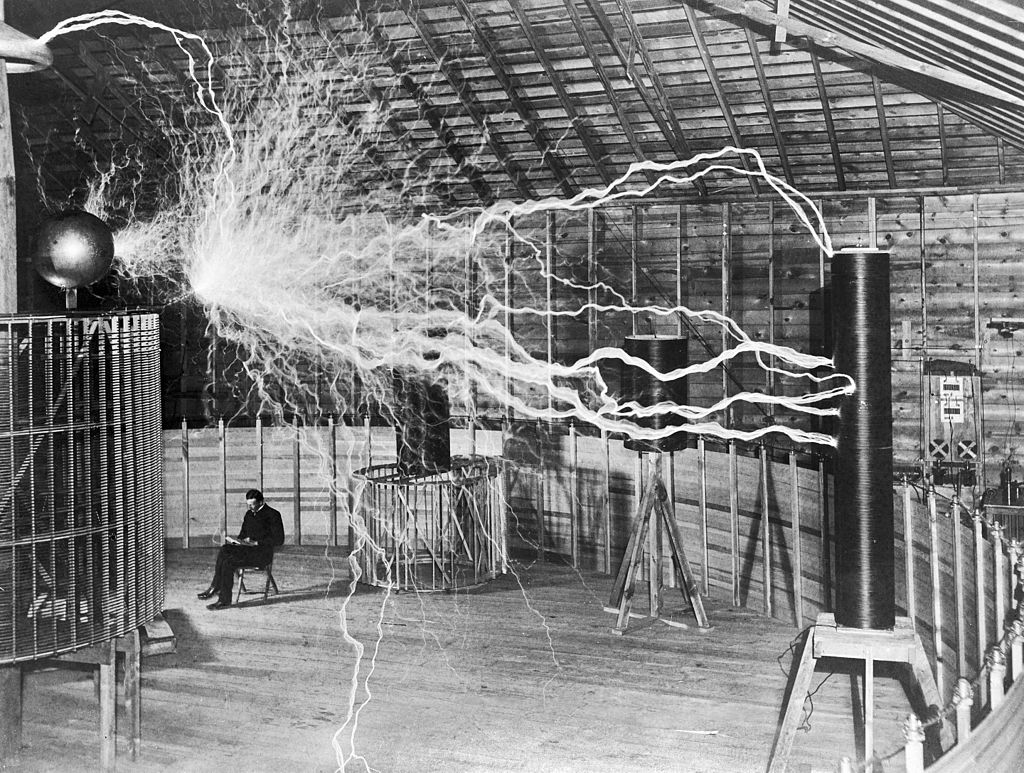
Nikola Tesla is often credited as the sole inventor of alternating current (AC), but this is a simplification of the true history. While Tesla made crucial contributions to the development and practical application of AC, he was part of a broader scientific community working on electrical power. Other inventors, like Galileo Ferraris and Charles Proteus Steinmetz, also played significant roles in the development of AC technology.
Columbus Discovered America
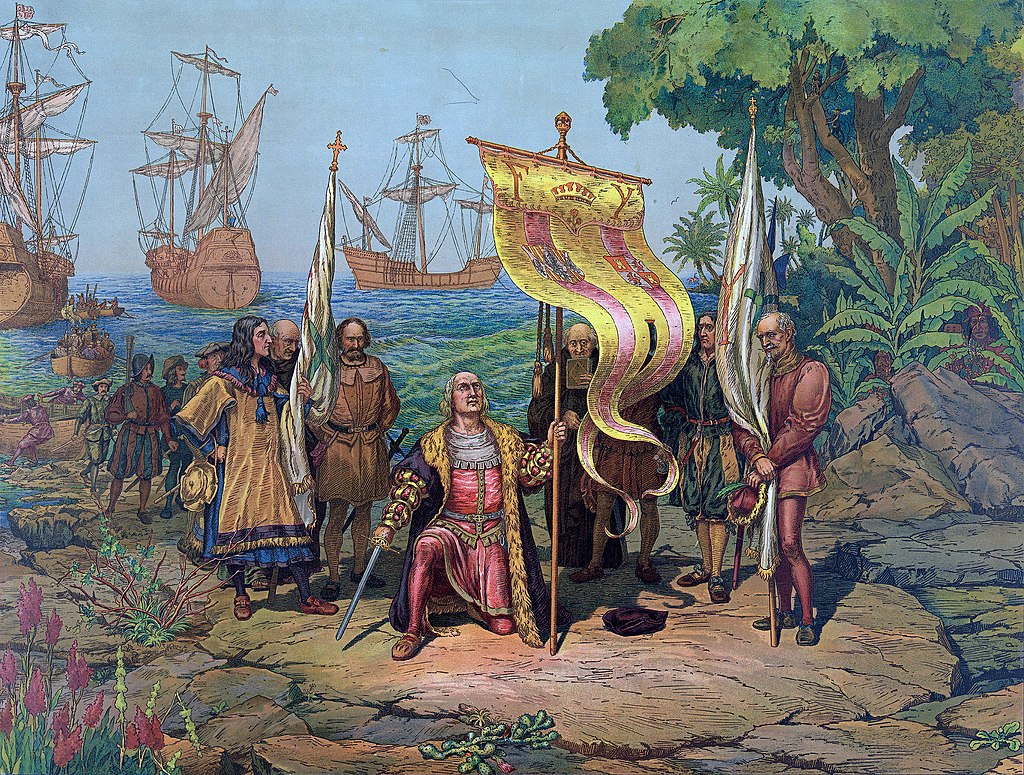
The idea that Christopher Columbus “discovered” America is deeply ingrained in history, but it overlooks many facts. Indigenous peoples had been living in the Americas for thousands of years before Columbus arrived. Additionally, Norse explorer Leif Erikson reached North America around 500 years before Columbus. While Columbus’s voyages were historically significant, they were not the first European contact with the Americas.
Galileo Was Imprisoned for His Beliefs
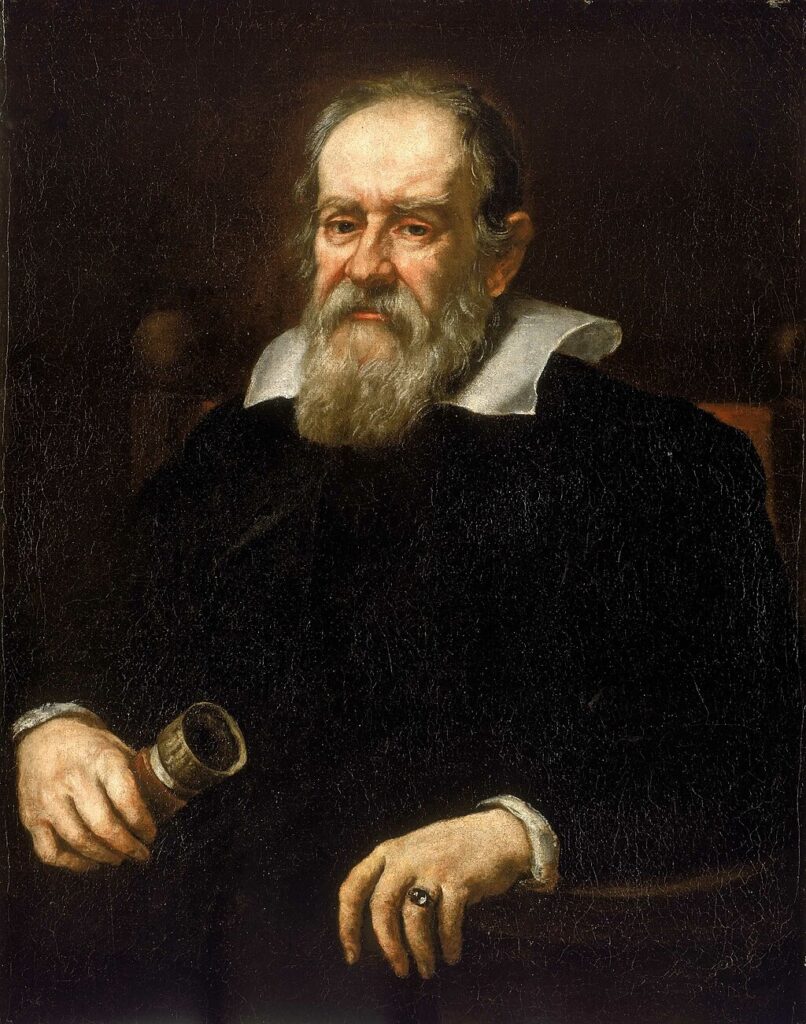
It’s often said that Galileo was imprisoned by the Catholic Church for his support of heliocentrism—the idea that the Earth revolves around the Sun. While Galileo was indeed tried by the Inquisition and found guilty of heresy, he was not imprisoned in the traditional sense. Instead, he spent the rest of his life under house arrest, continuing his scientific work. The myth of his imprisonment exaggerates the severity of his punishment.
Edison and the Invention of the Phonograph
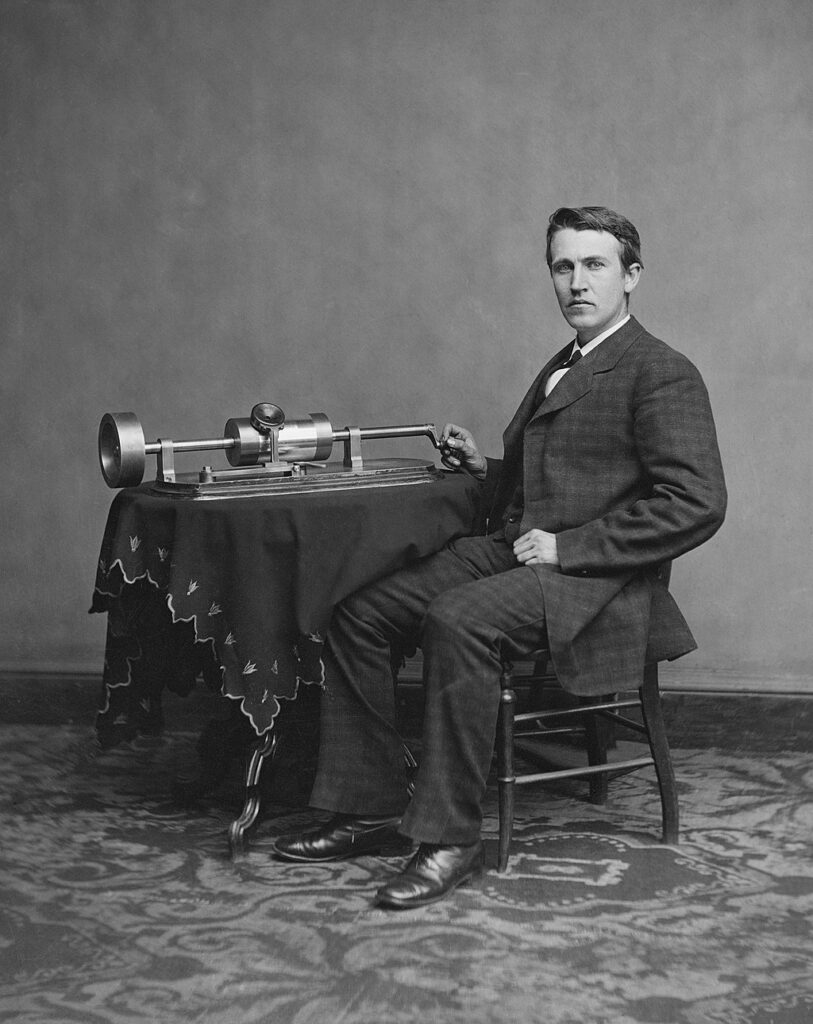
Thomas Edison is credited with inventing the phonograph, the first device to record and reproduce sound. However, it’s a myth that he did this entirely on his own. Edison’s invention built on earlier work by other inventors, such as Édouard-Léon Scott de Martinville, who created the phonautograph, an early sound recording device that could not play back recordings. Edison’s contribution was to refine and commercialize the technology.
The Myth That James Watt Invented the Steam Engine
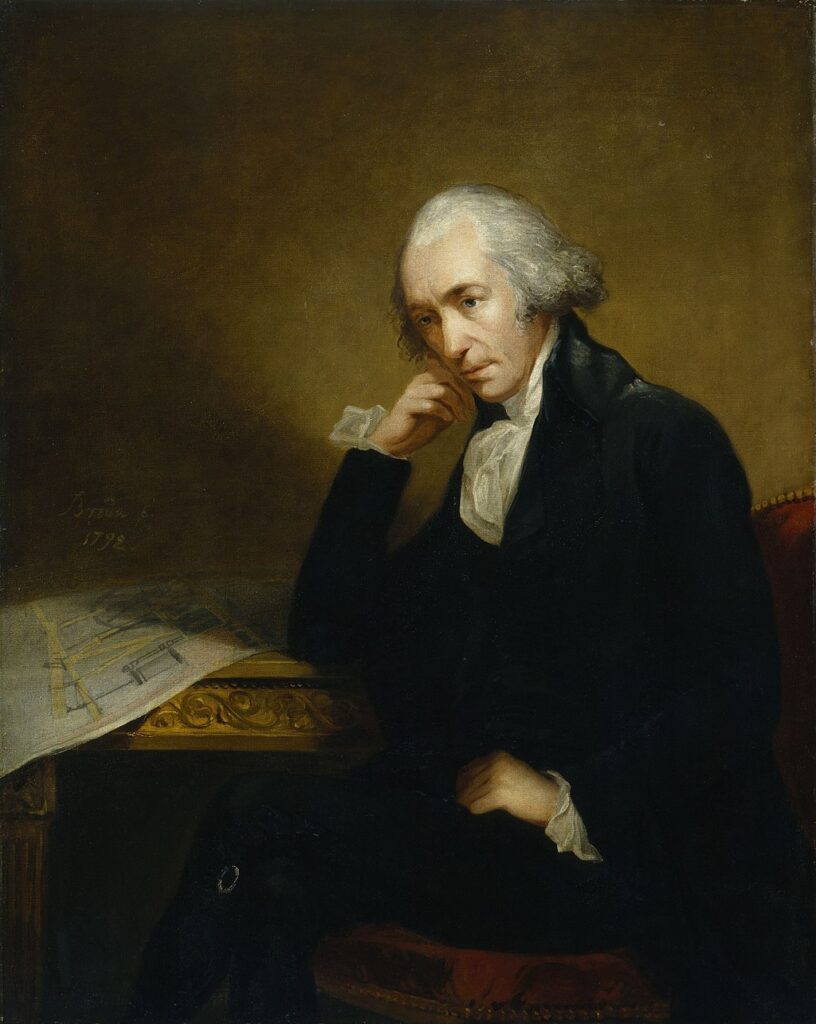
James Watt is often credited with inventing the steam engine, but this isn’t accurate. The steam engine was actually invented by Thomas Newcomen in 1712, primarily for pumping water out of mines. Watt’s key contribution was improving the steam engine’s efficiency by adding a separate condenser, which made it more powerful and practical. While Watt’s innovations were crucial, he did not invent the original steam engine; he refined an existing technology.
The Myth That Abraham Lincoln Invented the Stove Pipe Hat
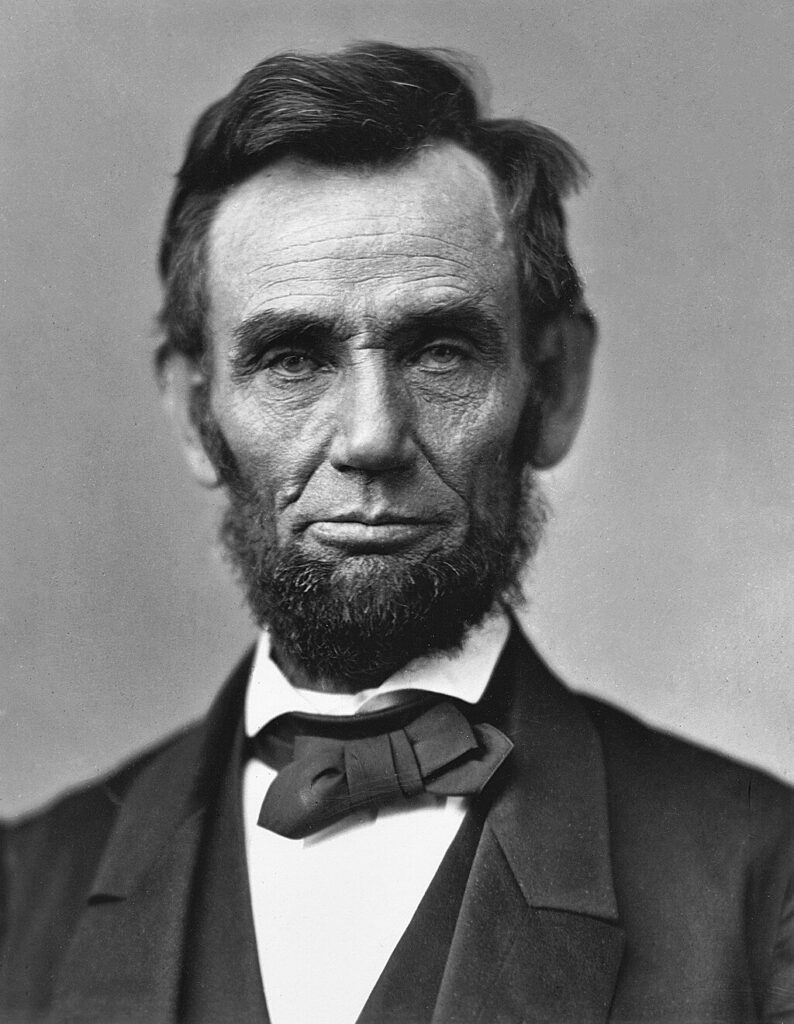
Abraham Lincoln is often associated with his iconic stovepipe hat, leading some to mistakenly believe he invented or popularized the style. In reality, the stovepipe hat was already a fashionable accessory in the 19th century, long before Lincoln made it famous. Lincoln wore the hat frequently, and it became a part of his public image, but he didn’t create or innovate the design. The hat’s association with Lincoln is more about his personal style than any invention.
This article originally appeared on UnifyCosmos.
More from UnifyCosmos
20 Key Skills for Personal and Professional Success

This article explores the fundamental abilities you need to thrive, offering practical tips and insights to help you on your journey to continuous improvement. Read more!
20 Unexpected Accessories to Elevate Any Outfit

Accessories can transform an ordinary outfit into something special. They add personality and flair, turning simple looks into stylish ensembles. Read more!
20 Signs You’re in a Happy and Healthy Relationship

This article will explore key indicators of a thriving partnership, providing insights on how to nurture and maintain a strong, loving connection. Read more!
Leave a Reply